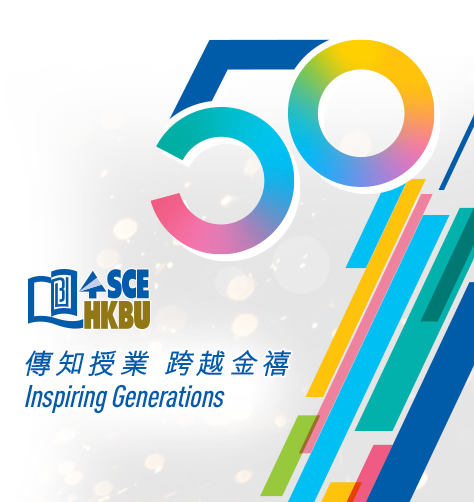國際學院文化研究工作坊 臨摹大師畫作 漫遊中上環舊建築
返回To encourage students to learn art and creativity from multiple perspectives, Year 2 students studying the visual culture course ‘Understanding Creativity through Works of Art’ were arranged to visit HKBU Academy of Visual Art’s art studio pledging to ‘retouch’ a number of famous masterpieces in art history, ranging from Renaissance frescos to postmodern simulacra, from Mona Lisa to Marylyn Diptych, and from religious asceticism to commercial hedonis on 7 February.
In this painting workshop, our young masters critically and creatively ‘copied’ the great works of art. They challenged against the highbrow art’s complacent illusionistic forms and aesthetic values, establishing hence their own unique, contemporary, culturally and intertextually informed ‘ways of seeing’ – to borrow John Berger’s words.
By participating in this experiential learning activity, students gained a valuable chance to experience the creative processes that the great masters had undergone, while succeeding also in understanding more perceptively the meaning of creativity in a present-day cultural context.
On 7 March, a mix of Year 1 and 2 students visited key spots in Sheung Wan and Central to learn about the historical and cultural significance of these places in the colonial development of Hong Kong.
The tour started from the Western Market in Sheung Wan, built in Edwardian style architecture, and progressed to Upper Lascar Row and Hollywood Road, where students learned about Hong Kong’s place in the antiques market as the hub between mainland China and the rest of the world. The next stop was Man Mo Temple, one of the few examples of traditional Chinese architecture still left in Sheung Wan. They continued on to the Soho and Lan Kwai Fong area to learn about its transformation from a red light district into a multicultural wine-and-dine zone boasting a wide range of cuisines. The tour ended at the Old Supreme Court, a building that was established as Britain’s statement of its colonial rule and is comparable to the Viceroy Building in New Delhi and the Baker’s Union Building in South Africa.
The students learned about Orientalism, foreign relations, colonial power dynamics, and city development.










